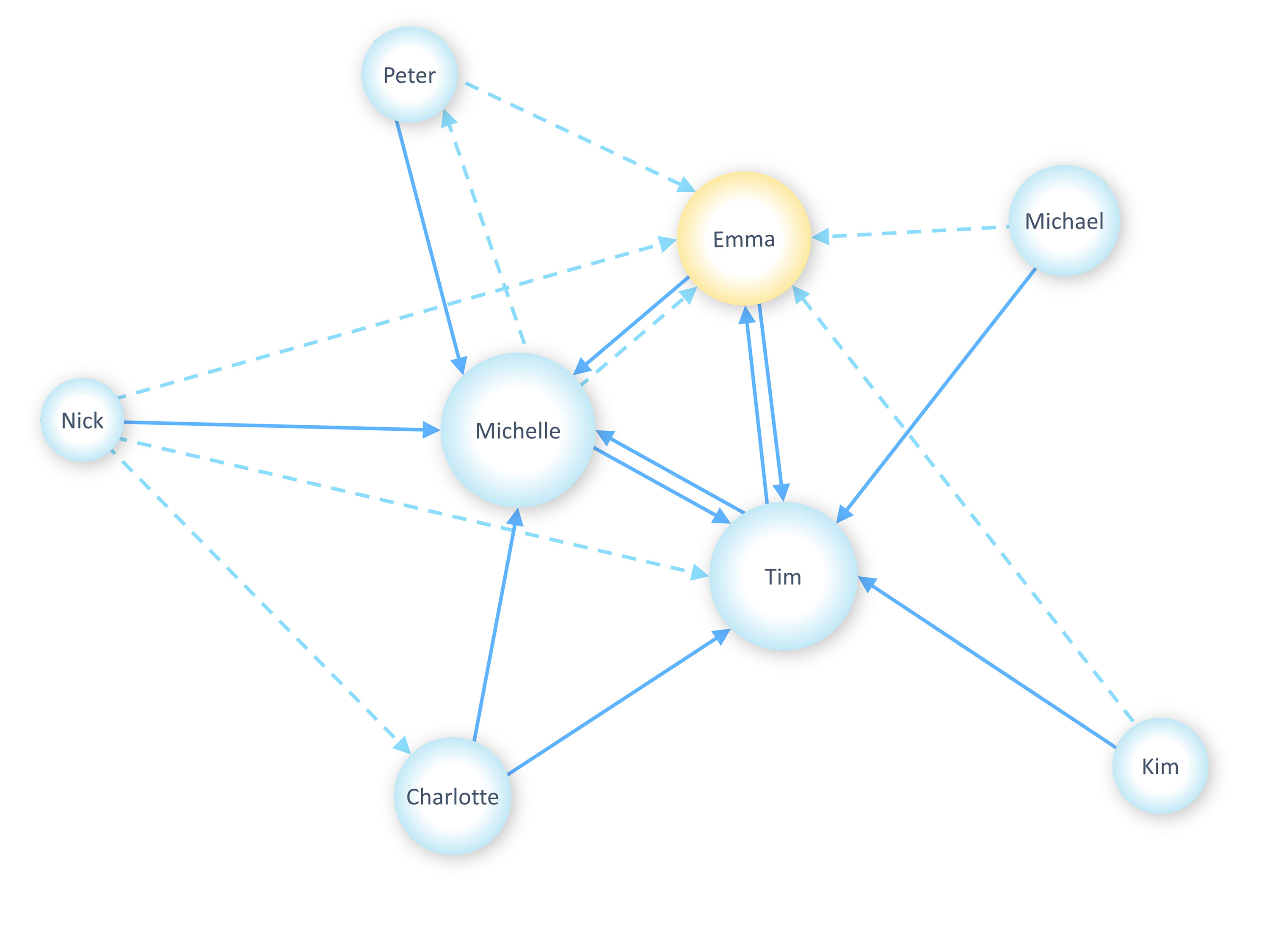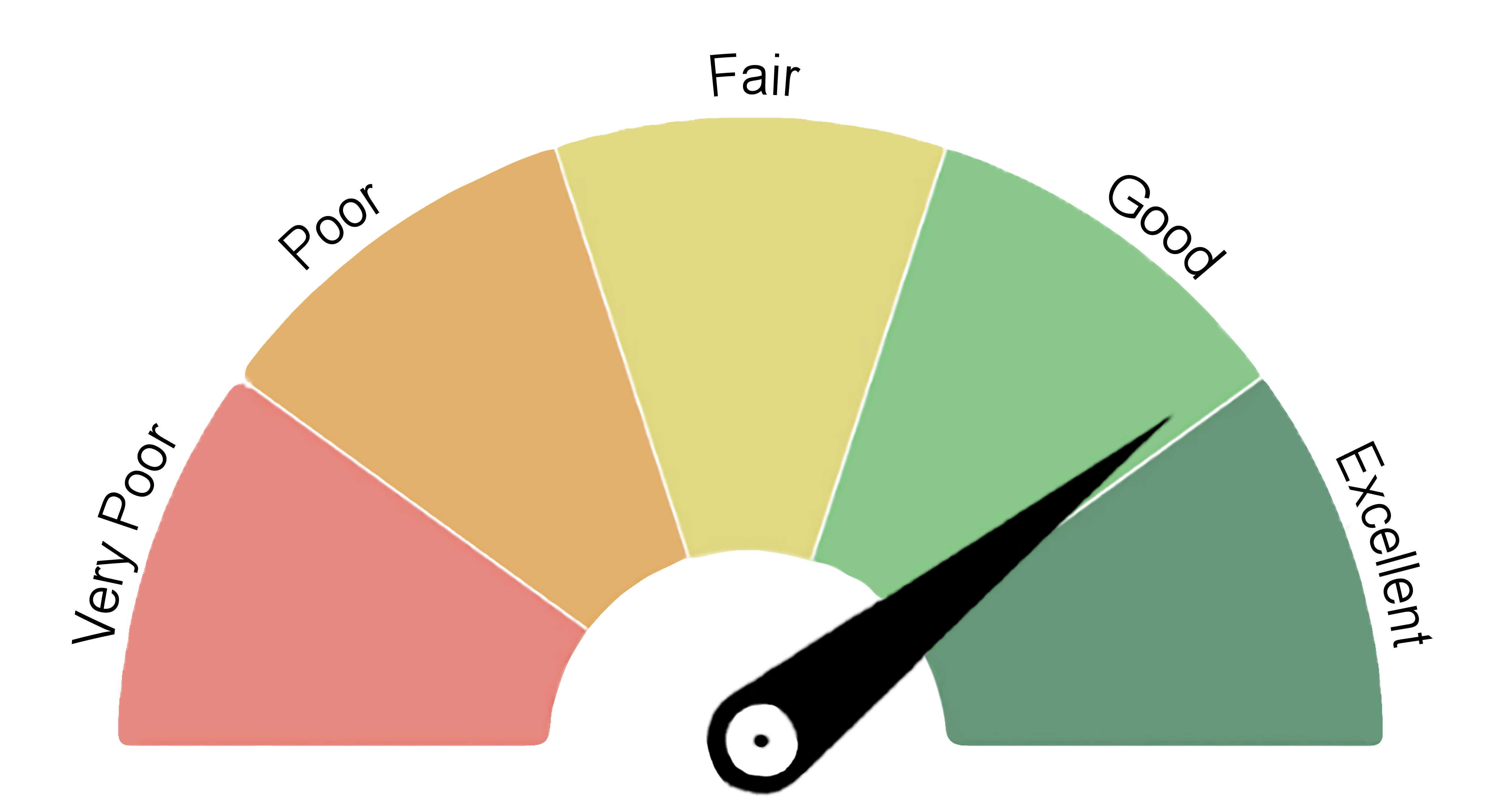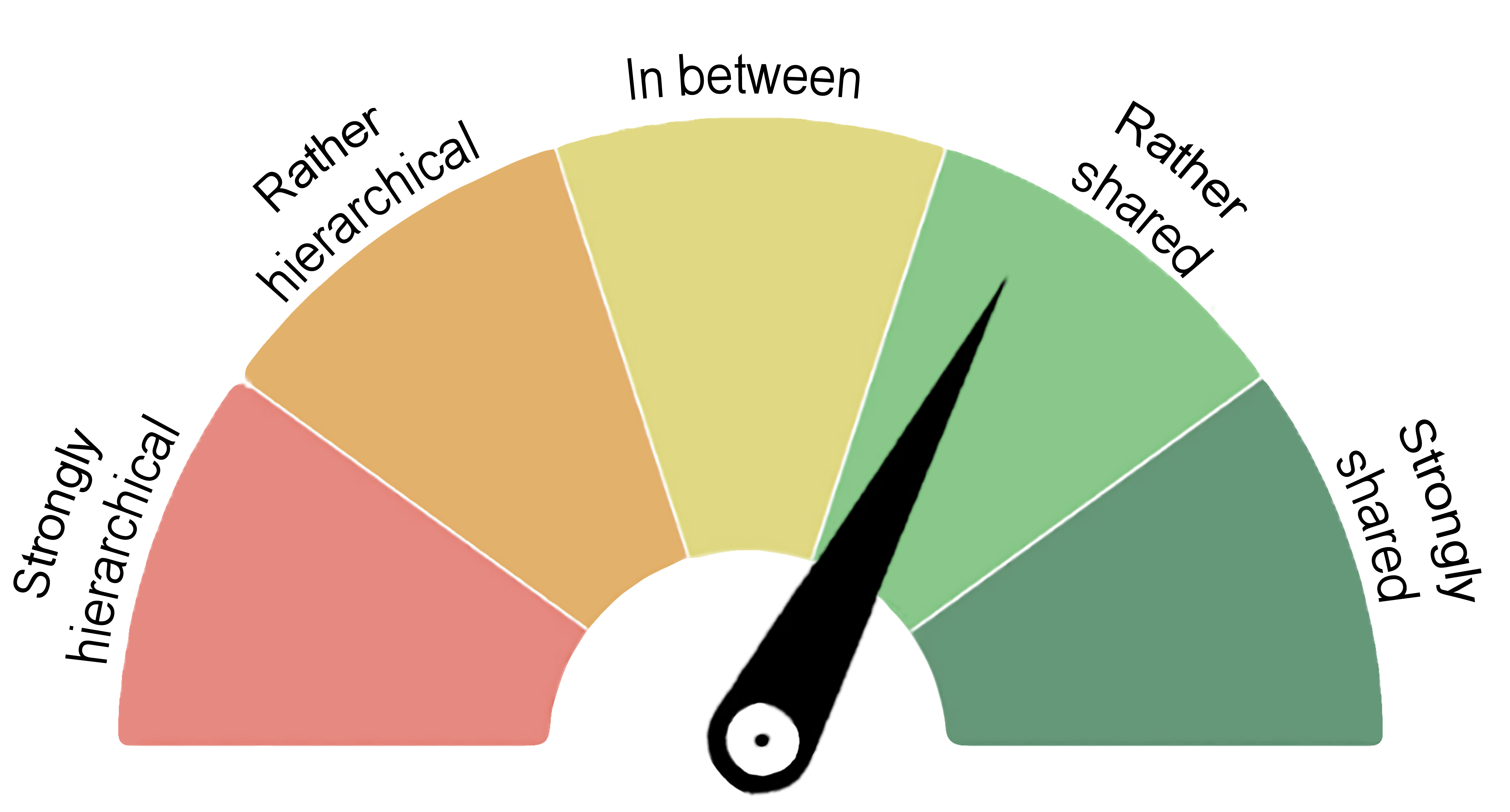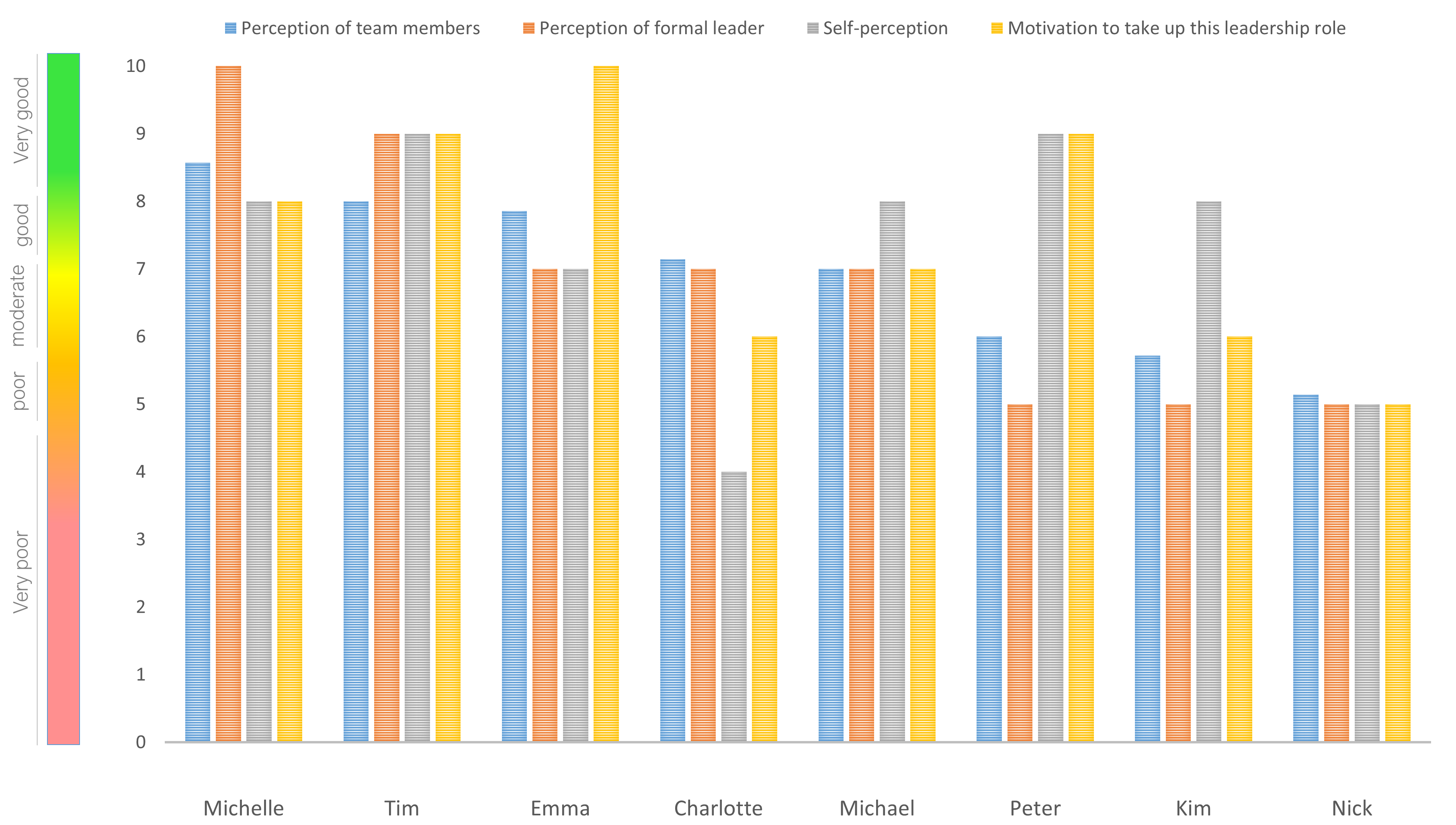Shared Leadership Mapping
Do you have a clear view on the relationships within your company? Do you know who builds bridges between teams, who inspires colleagues with innovative ideas, and who establishes lasting contacts with external partners? In any case, you should look beyond the formal organisation chart. Although the organisation chart can provide structure, it is the informal leaders that determine the identity and soul of your organisation.
That is why our Shared Leadership Mapping relies on the qualities that team members ascribe to each other. As such, based on our scientific methodology, we bring clarity in the otherwise invisible network that is decisive for the organisational culture and the work of your people. The result is a crystal clear view on who the key people are in your team.
The results of this Shared Leadership Mapping can be used to effectively share your own leadership and as such increase your team's chances on success. By transferring more responsibilities to capable people, you will also increase the support base when making decisions, as well as the commitment and job satisfaction of your employees.
Read here more about our research on shared leadership in organisations.
The specifics
In close cooperation with you as manager and possibly other managers who are involved with the team, we identify the essential leadership roles for an optimal functioning of your team. Based on this information, each of the team members will be asked to complete an online assessment that maximally takes 30 min. of their time and can be filled out at home. The information retracted from this 360° analysis will be assembled and analyses by our research team.
The most important insights are collected in a comprehensive feedback report. In this way, you obtain insight in the informal structure of your team on each of the leadership roles. These insights will allow you to confide the right responsibility to the right person.
In a conversation with the formal leaders, we clarify the results and explain how these insights can be used in practice to implement an effective structure of shared leadership in your team. We consciously choose for this inclusive approach since it allows us to provide you with all necessary knowledge to apply these insights in practice. In addition, we also leave room for questions based on the acquired insights.
Important
The resulting leadership report is treated confidentially and is only shared with you as formal leader. The results will not be shared with individual employees.
A comprehensive leadership report
1. A visual leadership network for different leadership roles
The leadership network is a visual representation of the leadership relationships between the team members.
- The bigger the node of a colleague, the more this person is perceived as a good leader by his/her colleagues.
- The arrows point at perceptions of very good leadership (dark blue full line) and good leadership (light blue dashed line).
- If you would opt to include the formal leader in the leadership analysis, the node of this person will be marked in yellow. This is however no obligation.
By mapping this leadership structure, it becomes clear whether the key figures in the team are perceived as good leaders by the entire team or just by a limited number of colleagues. Furthermore, this visualisation allows you to identify potential cliques.

2. Gauges reveal team-level insights
In addition to a visual representation of the leadership structure in the team, we also report team-level network information for each of the leadership roles.

The gauge on the leadership potential within the team gives insight in the amount of leadership quality that is present in the team.

In addition, the gauge that reflects the leadership structure within the team indicates to what extent the leadership is spread within the team.
A hierarchical leadership structure points here at a strongly centralised network where one person (e.g., the manager or CEO) clearly takes the lead and where there is not much room left for initiative of other team members. A structure of shared leadership, on the other hand, indicates that the leadership is shared by multiple persons in the team. Ideally, teams have on average a high amount of leadership in their team that is spread over multiple team members.
This information allows you to compare the leadership structure of different teams with each other or to follow up one particular team throughout time.
3. Detailed scores for each individual team member
For each of the leadership roles we also add a graph that reveals detailed insights for each team member. In this way, you can see to what extent each team member is perceived as a good leader, both by their colleagues and by their formal leader. Furthermore, this graph also includes team members' self-perception, which reflects the extent to which they perceive themselves to be a good leader. Finally, we also report the motivation of each team member to take up a particular leadership role within their team.

4. Clear conclusions guide the way
For each of the leadership roles, the most important statistics and relations are highlighted in a summarising text. This information helps you getting started to implement a structure of shared leadership in your team and further optimise the teamwork. You can put these conclusions together with your own insights in the team to find the most optimal role allocation for your team.
What can you expect?
This leadership report gives you insight in the key figures of your team. You can utilise these insights to share your own leadership more effectively by formally appointing the highest-quality leaders in your team whose leadership is supported by their colleagues. Similar to sport teams, we also expect within organisations that doing so will significantly enhance the commitment and motivation of your team members. Furthermore, our recent research in organisational contexts shows that having high-quality peer leaders in the team is significantly associated with improved team effectiveness, a joint team identity, as well as enhanced levels of satisfaction and well-being among team members. Noteworthy is that our latest research evidence showed that formal leaders who chose for shared leadership were also perceived by their team members to be better leaders.
